by Mike Gulett –
When Aston Martin introduced the V8 Vantage in 1977, it wasn’t just a faster version of their standard V8—it was a statement. At a time when the world was still recovering from the oil crisis and tightening emissions regulations, Aston Martin went against the grain, unleashing a car that many would come to call “Britain’s first true supercar.”
The V8 Vantage was based on the standard Aston Martin V8 platform, but almost everything critical to performance was reworked. The 5.3-liter V8 engine, designed by Tadek Marek, was heavily tuned: it received high-performance camshafts, bigger valves, and four twin-choke Weber carburetors in place of the usual Bosch fuel injection. Power output was officially quoted at around 375 horsepower, although Aston Martin, true to tradition, was famously discreet with its numbers. In reality, properly sorted early Vantages were capable of producing well over 400 horsepower.
Performance was startling for the era. The V8 Vantage could sprint from 0 to 60 mph in around 5.3 seconds, and reach a top speed close to 170 mph—numbers that put it squarely in the territory of legends like the Ferrari Daytona and the Lamborghini Countach. Yet, unlike its Italian rivals, the Vantage could achieve these feats while carrying four people in handcrafted leather luxury (although the rear seats are on the small side).
Visually, the V8 Vantage distinguished itself with purposeful aggression. It featured a closed-off grille for improved aerodynamics, a deep front air dam, wider tires, and a rear spoiler integrated into the tail. These subtle but important touches gave the car a menacing stance without resorting to flamboyant design cues. It remained unmistakably Aston Martin: powerful but elegant, brutal but refined.
Inside, the Vantage was every bit the luxurious grand tourer Aston Martin customers expected. Rich Connolly leather, walnut wood trim, and thick carpeting cocooned occupants in a cabin that smelled as rich as it looked. Unlike more stripped-down sports cars of the time, the V8 Vantage never sacrificed comfort for performance. It was a true dual-purpose machine—able to charge across Europe at high speed and deliver its passengers in supreme comfort.
Over its production life, the V8 Vantage evolved through several key versions:
“Bolt-On” Vantage (1977–1978): The earliest cars, known by enthusiasts as “Bolt-On” Vantages because of their separate aerodynamic additions, are among the rarest. They retained some visible elements like chrome bumpers but introduced all the performance upgrades.
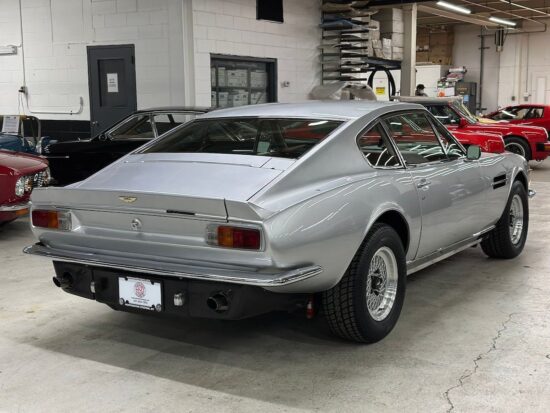
Bolt On – Autosport Design
“Oscar India” Vantage (1978–1986): Introduced in October 1978 (“October Introduction”—hence “Oscar India”), this version featured an integrated rear spoiler molded into the bodywork and a more luxurious interior. Power was slightly increased, and visual detailing became even cleaner.
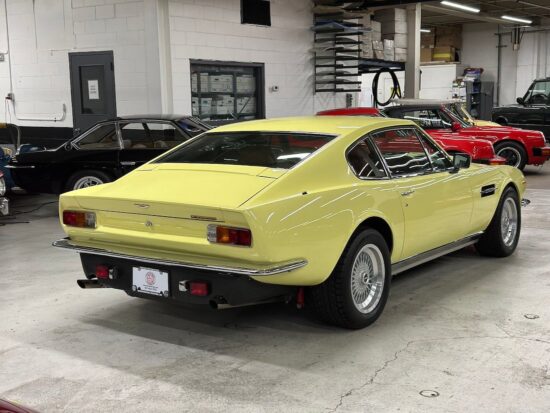
Oscar India – Autosport Design
580X-Pack (1986–1989): In the mid-1980s, Aston Martin offered an even more potent version known as the X-Pack. Featuring Cosworth-designed cylinder heads and other enhancements, X-Pack cars produced well over 400 horsepower and are among the most sought after today.
A particular highlight for the V8 Vantage came in the world of cinema. In 1987’s The Living Daylights, James Bond (played by Timothy Dalton) drove a specially equipped V8 Vantage Volante that could convert into a hardtop and featured all manner of gadgets—from missiles to rocket boosters. This appearance cemented the V8 Vantage’s reputation as a car that was not just fast, but also really cool.
Production of the original V8 Vantage ceased in 1989, after about 534 examples were built (excluding Volantes and special editions), making it a relatively rare car even by Aston Martin standards. Today, original V8 Vantages are highly sought after by collectors, with prices reflecting their historical significance, rarity, and enduring desirability.
The Aston Martin V8 Vantage stands as a testament to the Aston Martin’s refusal to compromise. In an era dominated by constraints, they dared to build a car that was faster, louder, and more powerful than almost anything else on the road—without losing the grace and craftsmanship that defined its heritage.
It wasn’t just Britain’s first supercar. It was, and remains, one of Aston Martin’s greatest achievements.
Aston Martin V8 Vantage Variants Comparison
Quick Timeline of the Aston Martin V8 Vantage
1977
Launch of the V8 Vantage (“Bolt-On”) — Aston Martin introduces a truly high-performance variant of the V8, distinguished by bolt-on aerodynamic parts and uprated engine performance.
1978
Oscar India version debuts — A cleaner, sleeker design with integrated rear spoiler and more luxurious cabin. Improved performance and styling refinement.
1986
580X-Pack option introduced — The ultimate V8 Vantage version with serious performance upgrades, making it one of the fastest and most desirable grand tourers of its era.
1989
End of production — The original V8 Vantage line concludes, giving way to new models like the Virage. The Vantage name would be revived in later decades on entirely new platforms.
In short:
“Bolt-On” = The raw, aggressive first version
“Oscar India” = The refined, luxurious performance cruiser
“X-Pack” = The absolute peak of late-’80s Aston Martin V8 power
Let us know what you think in the Comments.
Research and some text by ChatGPT 40.

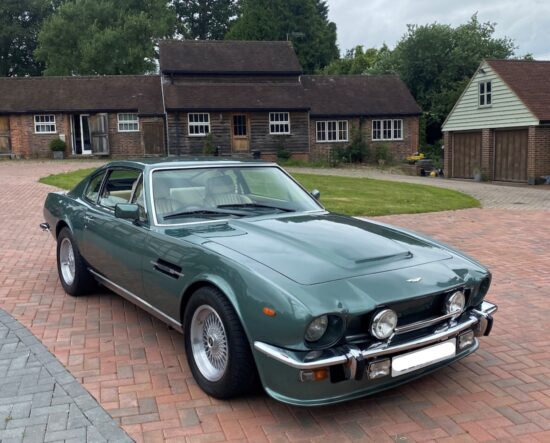
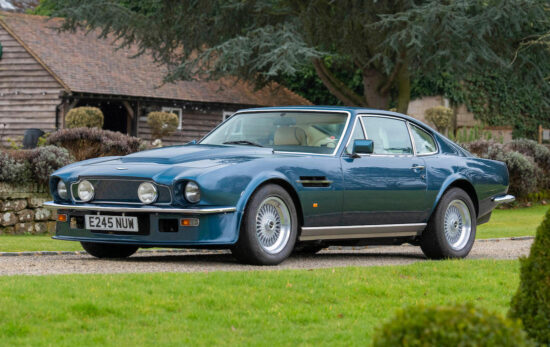
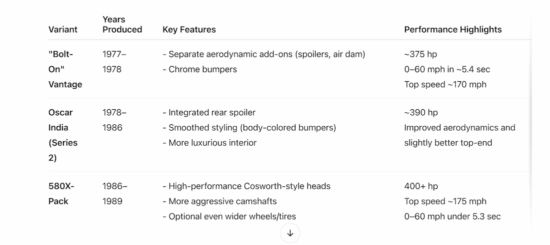
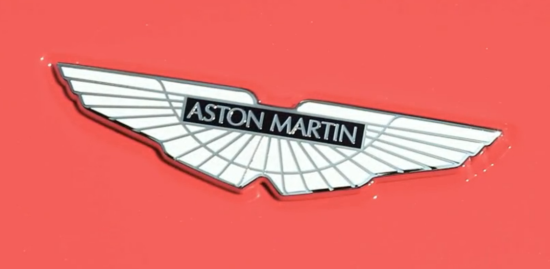


Good timing! I think that it is Octane Magazine that just came out with a great piece on these super cars. I prefer the earlier V8 Version, w/o the spoilers. The all aluminum DOHC V8 reminds me of my Maserati QP III engine. These are awesome cars, but perhaps a bit complicated for the average DIYer?
I think it was CAR magazine that coined the word “supercar” to describe the Ferrari Boxer. To them
a supercar was going quite a bit beyond the usual high performance sports car. At that time the Boxer was the most likely candidate to do over 175 mph. I prefer to reserve the word Supercar” for those cars that scrap practicality to perform as much like a race car and still be legal
Just a slight correction to an excellent piece: I believe Aston used Bridge of Weir hides (hydes!) from Scotland in the days. Not Connolly, which were used by jaguar and Rolls Royce.
Comparing the Aston with the Italian marques, the Aston was (and probably still is) better finished and more luxurious. Sort of the Rolls Royce of Supercars.
Quite.